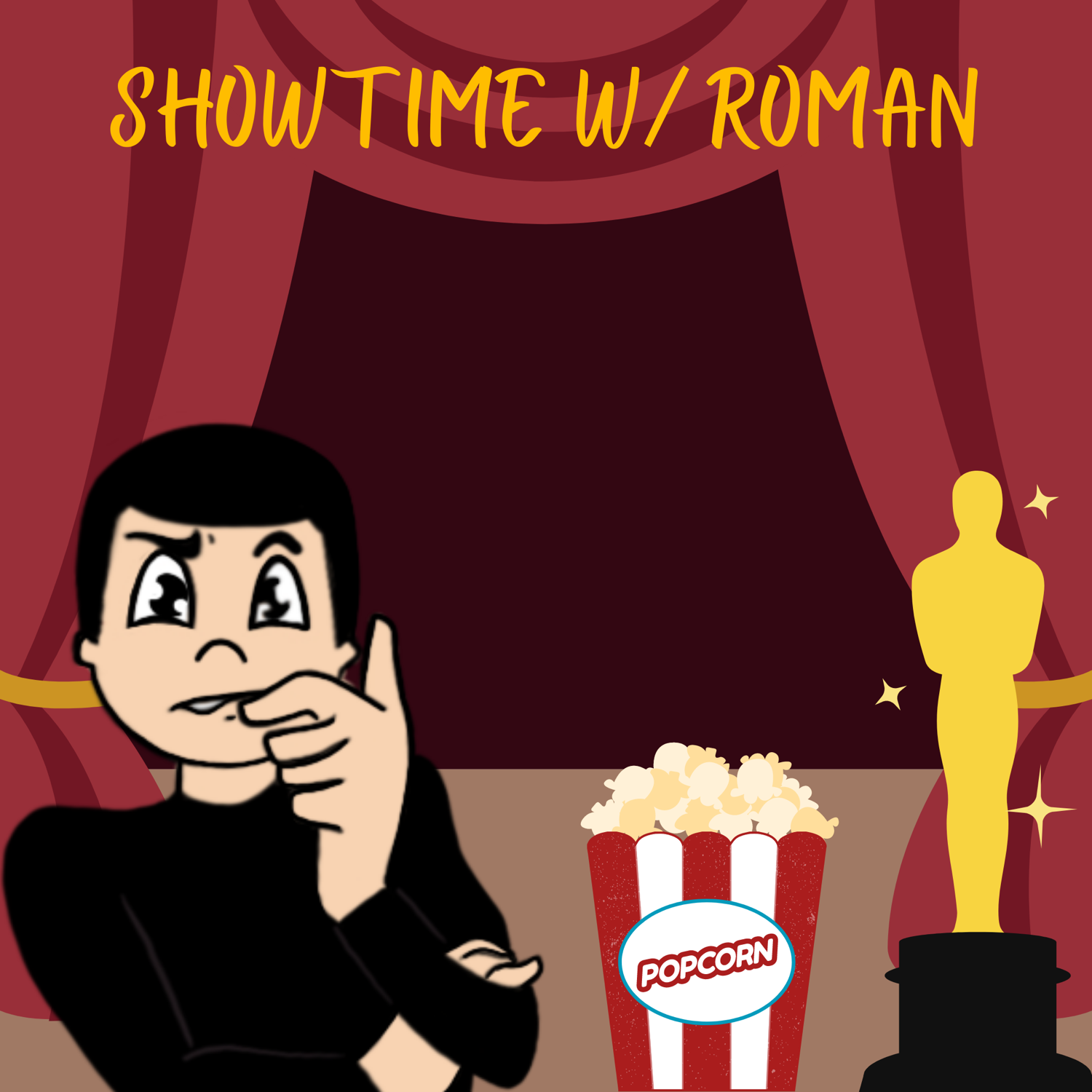Scream VI is Wes Craven's Worst Nightmare
- Roman Arbisi

- Mar 14, 2023
- 4 min read

Although it took 11 years between Scream 4 and Scream (2022), Paramount was quick to stab the blade back into the franchise’s sixth entry, Scream VI. The duo of Matt Bettinelli-Oplin and Tyler Gillett return to direct James Vanderbilt and Guy Busick’s script. It seems as if this crew is under the impression that they are honoring the legacy of Wes Craven and Kevin Williamson with these “requels”, but their creative identity is severely lacking in comparison.
The high contrast digital alarms that Craven provoked in Scream 4 is nothing short of fascinating. It is one of the great horror movies of our era because Craven used it as a film to express his fears of the developments to come in the digitally social age. This came in the wake of Friday the 13th (2009) and Nightmare on Elm Street (2010) effectively killing their franchises for failing to revitalize it in any way. As compared to those films, Scream 4 is a masterclass in retooling a (then) 15 year-old franchise.
This final entry in his filmography was a bookend to one that is acutely aware of the landscape for horror films to be used as an opportunity to push the conversation further in a broader social text. Craven and Williamson understood that the thrills of horror come from that sense of community that doesn’t want the door to be opened or phone to be answered. It made their work revolutionary in two different ages of film that not only worked as an homage to horror, but a necessary component to understanding how it operates. This new team in the mountains of Paramount Pictures doesn’t understand that and is trying too hard to show us how aware they really are. It shows in their lack of conviction.

Going to New York City in a sixth installment registers as desperate in trying to shake the formula. The city feels small, and the story is quarantined to a couple square blocks. On the back of a premise that, “is bringing Ghostface to New York”, the biggest city in the country somehow feels just as small as Woodsboro without any of the personality that can be found in the latter. We’ve seen NYC a plethora of times throughout film history - the personality should come naturally, and yet it feels like this film could be placed anywhere. Perhaps a product of shooting most of the film in Montreal, Canada instead of… New York City.
This type of mistake happens when writers force themselves into believing an objective change of scenery is all that is required to “rejuvenate the franchise”. Instead, it forms unintended questions like, “Why would the daughter (Sam Carpenter) of an iconic killer move to the most populated city in the country with her sister and best friends?” Wouldn’t you want to avoid the radius of mass attention as conspiracies run rampant? The relationship between setting and character is immediately severed because that motivation is unbelievable. By consequence it becomes an underutilized setting that doesn’t service anything the story is trying to deploy.
That story is a mixed bag. On one hand it appears more confident in expanding the legacy of the Carpenter sisters, but it is also far too keen on being conscious of the audience. The number of times they’ll let characters ramble about rules - whether they’re being adhered to or not, is the type of untrustworthy screenwriting that has become an issue for exhausted franchises. It’s conscious of the viewer so that it may allude to the idea that it is being clever, but it is ultimately trying to be too cute to be anything other than stupid. It’s the type of foolishness that these films tend to do where it ends up cheating the audience enough to try and win them over with the most ridiculous reveals. In those choices it is about shocking the audience enough (and quickly expositing information) to make them forget how uninspired the script’s conveniences are.

For a film that is being unjustly sold as “a love letter to the Scream franchise”, it is astonishing how unlike Wes Craven it is. Not only does Scream VI lack a visual personality, but it lacks any sort of creative momentum that could be bolstered by a level of nuance that is attentive enough without having your cake and eating it too. Craven and Williamson toed that line with a style that stabbed the heart of horror films and let it bleed all over their sleeves as they assessed the climate of filmmaking politics in the horror genre. On the other hand, this new Scream team believes that an additional level of gore, beheadings, gut busting stabs, and shotgun blasts is what constitutes “horror”. They couldn’t be more wrong as they continue to attribute those traits to the identity of franchise awareness as references that are rote and meaningless. Only to be masked by an emblem in Ghostface that is becoming more like The Shape so audiences can grimace at the squibs instead of noticing the film is hardly working at all.
This film will be excused as a “mean exercise”, but it isn’t mean toward anything or one. Characters get stabbed a lot, sure, but they walk it off like they were stabbed with a feather. A choice by the creative team that is too afraid to embrace the finality that comes with death. All in service of maintaining a continuity that can live on forever as an endless barrage of sequels that are aped by the next one and the next one and the next one without ever advancing the conversation.
The irony is that Wes warned us of exactly that at the beginning of Scream 4. Now that’s scary.






Comments